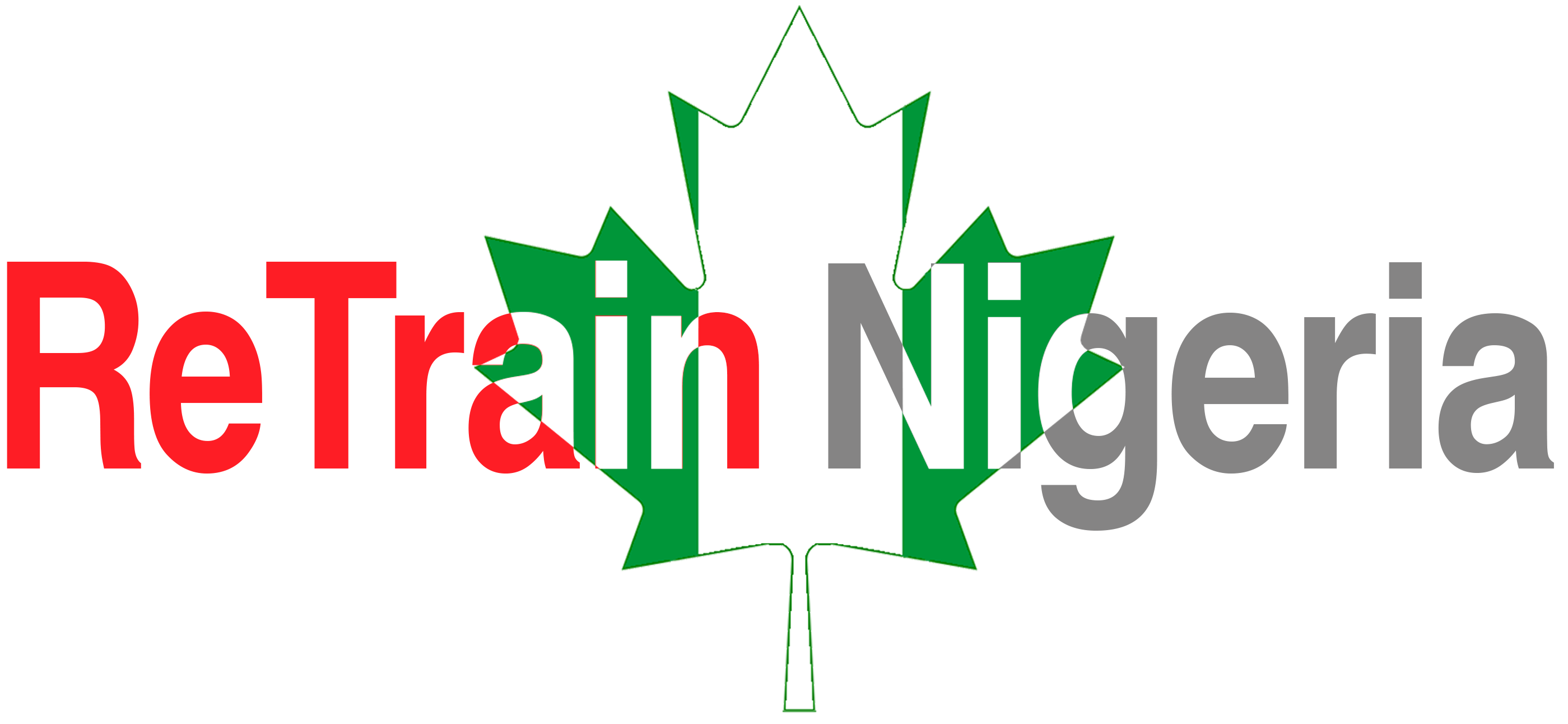Mastering Business Etiquette
People in the business world have different expectations about eye contact, body language, dress code, and dining etiquette, just to name a few. While many companies have shifted to a more casual culture, understanding proper business etiquette can go a long way. In this piece, we’ll explain what business etiquette is and some of the basic rules to familiarise yourself with.
What does Business Etiquette Mean?
Mastering business etiquette means understanding and consistently applying the appropriate behaviours, practices, and communication styles in a professional setting. It involves knowing how to interact respectfully and effectively with colleagues, clients and other stakeholders to build positive relationships, foster trust, and maintain a professional image.
Essential Components of Mastering Business Etiquette
1. Professional Appearance: Appearance like dressing appropriately is subjective and will depend on whether you work in an office or from home. Some companies that work in the office every day will expect everyone to dress in business casual attire because much of the work involves FaceTime with stakeholders or clients. Other companies that work in a hybrid environment may encourage team members to dress casually to promote comfort and productivity. If you are unsure about appropriate business attire, ask your manager or supervisor for tips. It’s especially common to feel unsure if you just started a new job but don’t be afraid to send a quick email before your first day to get a feel of the office policy. Alternatively, think back to your interview and try to remember what everyone was wearing so you can dress accordingly.
2. Email and Team Communication: Writing an email or communicating with your team through tools like Slack or Asana seems simple enough, but professional communication online differs from personal communication and here are a few tips for proper email and team communication.
- Proofread: Proofreading your emails is a hard rule of thumb that you shouldn’t ignore. While your email or project management platform may have a built-in proofreading tool, you should also look over your email before sending it out, just in case.
- Be polite and professional: Even though you’re not speaking face-to-face with your email recipient, your tone of voice will come through in your words. It’s important to be polite and professional in your copy. For example, you can use upbeat phrases like: “I hope you… thanks for… just a friendly reminder… please let me know… looking forward to hearing from you.”
- Respond promptly: Whenever another team member or client reaches out to you, they’re doing so for a reason. Proper email and team communication etiquette means responding to people promptly, even if that means setting up an automatic response for when you’re out of the office. While you don’t need to respond within minutes, aim to respond within one or two business days.
- Keep it brief: Keeping your email copy brief can get your point across quickly and save time for your reader. When you hide the main objective of your message within a lengthy email, your reader may be less likely to respond in the way you hope for.
3. Build Emotional Intelligence: Emotional intelligence is the ability to recognise, regulate and understand emotions in yourself and others. Effective emotional intelligence skills can help you empathise with team members and overcome challenges. While emotional intelligence isn’t a direct rule of business etiquette, it will help you in the workplace, no matter what conflicts arise. For example, imagine you’re behind on work and your boss suddenly adds a large, time-sensitive project to your plate. With emotional intelligence skills, you can speak with your manager to understand the relative priority of the work. Since you’re already behind on work, you can express your worry about becoming overworked and work with your manager to come up with a solution to which work you can deprioritise or delegate less important tasks.
4. Time management: Whether you’re attending an interview or daily standup meeting, being on time in a work environment shows that you respect everyone’s schedule. Being on time demonstrates that you honor your commitments and that you’re a trustworthy person. But if for some unforeseen reason, you happen to be running late, be sure to let all attendees know and give them an update on your estimated time of arrival. And when you turn up, don’t waste an extra 10 minutes complaining about what delayed you. Apologise and move on swiftly by opening the conversation about the topic that you’re there to discuss.
5. Engage with peers: Business relationships are important to the success of professionals and the companies where they work. Professionals often rely on personal feelings about their peers and colleagues, such as how much they trust them when deciding how closely to work with them. When you are meeting with other professionals, consider engaging in respectful conversation with the other person so you can get to know them. This may help you establish a good rapport with them that can lead to a successful business relationship.
Conclusion
Overall, mastering business etiquette means integrating these practices into your daily professional life, leading to better relationships, enhanced reputation and greater career success. And by following these tips, you’ll be equipped to travel to any part of the world and ensure you follow the same high standards of business etiquette.

